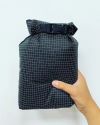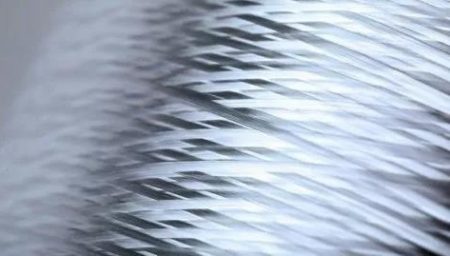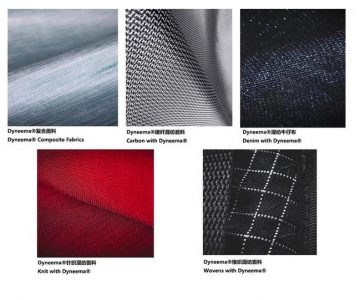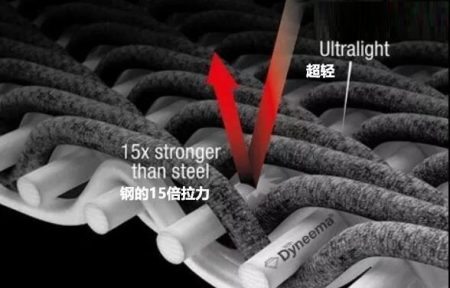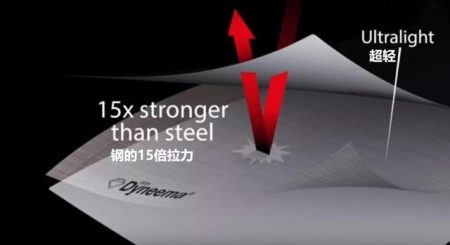The Leave No Trace Seven Principles
Need a guide to properly enjoy the great outdoors while minimizing human impact? This list is for you!

1.Plan Ahead and Prepare
Get to know the area you’re visiting. Do some background research on the place, people, ways for transport, and the local weather. Prepare well for your trip: pack a first-aid kit, appropriate clothing, and just the right amount of food. Familiarize yourself with the proper technical know-how needed for whatever adventure you’re about to embark on.

2.Travel and Camp on Durable Ground
Do not walk and travel on places that have not been made for human transit. Trampling on vegetation may not seem like a big deal, but it can greatly alter an area. Even if it means taking the longer route to get to your destination, do so to minimize damage. Walk on sturdy ground which doesn’t erode and crumble when stepped on. When setting up camp, look for relatively barren ground to avoid damaging vegetation.

3.Dispose of Waste Properly
“Pack it in, pack it out”. Whatever you bring to a place, make sure to bring all of it back home with you. Do not leave any garbage while outdoors: wet wipes, leftover food, tin cans, plastic containers, mineral water bottles, utensils, cigarette buds or packs, alcohol bottles and so on. Garbage does not belong in forests, beaches, or summits. Garbage should be disposed of in cities. None of us want to go through a long commute to visit a place festering with trash.
Not your trash you see on the ground? Doesn’t matter. Pick it up. It will go a long way!

4.Leave What You Find
Imagine a visitor coming to your house and taking a nice piece of your furniture before leaving. As seemingly innocuous as taking home a bit of sand, or a pretty shell, or flowers – resist the temptation and leave it there for others to appreciate. Refrain from defacing or vandalizing anything outdoors as it is disrespectful to the environment, to the locals, and to other visitors. When inside caves, refrain from touching walls, stalagmites, and stalactites as it damages them. Always remember to keep the environment as pristine as possible.

5.Minimize Campsite Impacts
In light of brush and forest fires, this rule goes without saying. Refrain from even creating a campfire, as it is a hazard to the environment you’re in. Aside from this, the aftermath of a campfire is unsightly as ash, burned logs, and rocks covered in soot will be left behind. If absolutely necessary, only ever set up a campfire on an existing fire pit to reduce damage to an area, keeping it as clean as possible.

6.Respcet Wildlife
Refrain from playing, taunting, feeding or abusing local wildlife. You are merely a visitor in their area. With pollution, rise in temperatures and fast-encroaching development all over, our wildlife have enough problems to deal with. We visitors should help them survive rather than add to their problems.

7.Be Considerate of Other Visitors
How would you feel if the group before you completely littered the place leaving food remains, alcohol bottles, plastic bags, and bottles of butane? What if they picked the flowers you wanted to see, scared wildlife away, carved their names on stones or tree bark, set multiple campfires, and trampled on patches of greenery that effectively killed vegetation? It too, would kill the experience for you. Refrain from being that person and that group. Respect other visitors, and most importantly, respect the locals who live in the area. That is their home. Take good care of it.
From: WWF WWF-Philippines | The Leave No Trace Seven Principles


